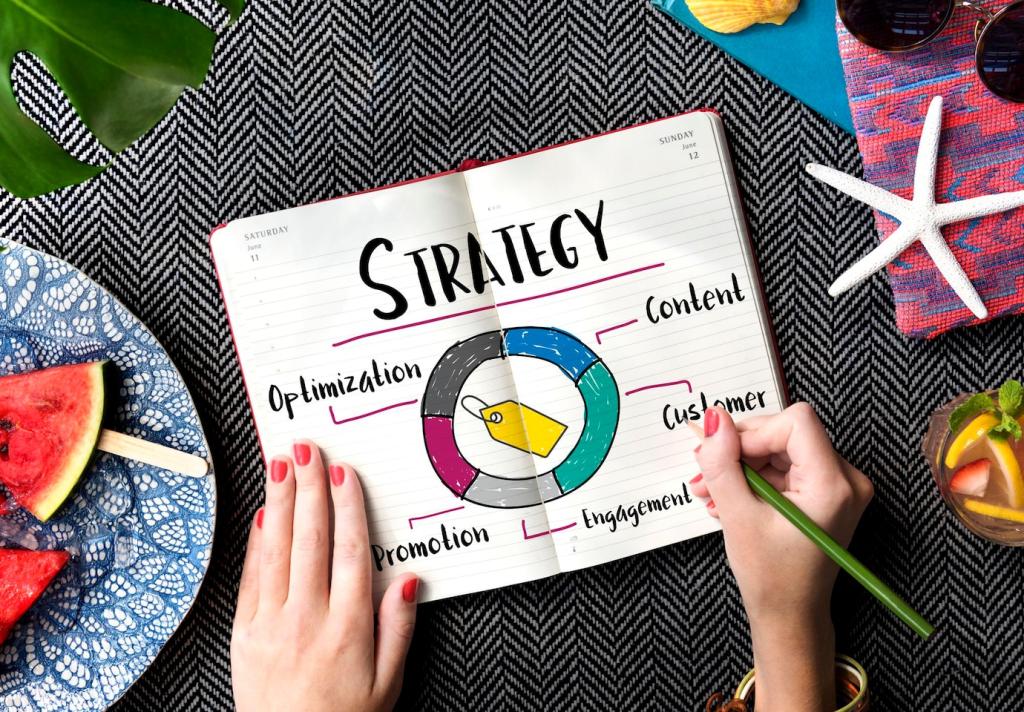Understanding the Core Differences
Online spans search, social, email, websites, and marketplaces, delivering precision and immediacy. Offline brings print, radio, out-of-home, events, and retail displays, offering tangibility and local presence. Your audience’s habits and context determine which mix wins.
Understanding the Core Differences
Digital budgets flex with performance, enabling small tests and quick pivots via CPC, CPM, and CPA bidding. Offline often demands upfront commitments for printing, placement, or booths. Consider variable versus fixed costs and how quickly you can iterate.
Understanding the Core Differences
Online shines with real-time analytics, granular cohorts, and attribution models. Offline relies on lift studies, coupon codes, unique phone numbers, and footfall analyses. Speed favors digital, but sustained brand memory can favor consistent, high-visibility offline placements.




